Down for the Count
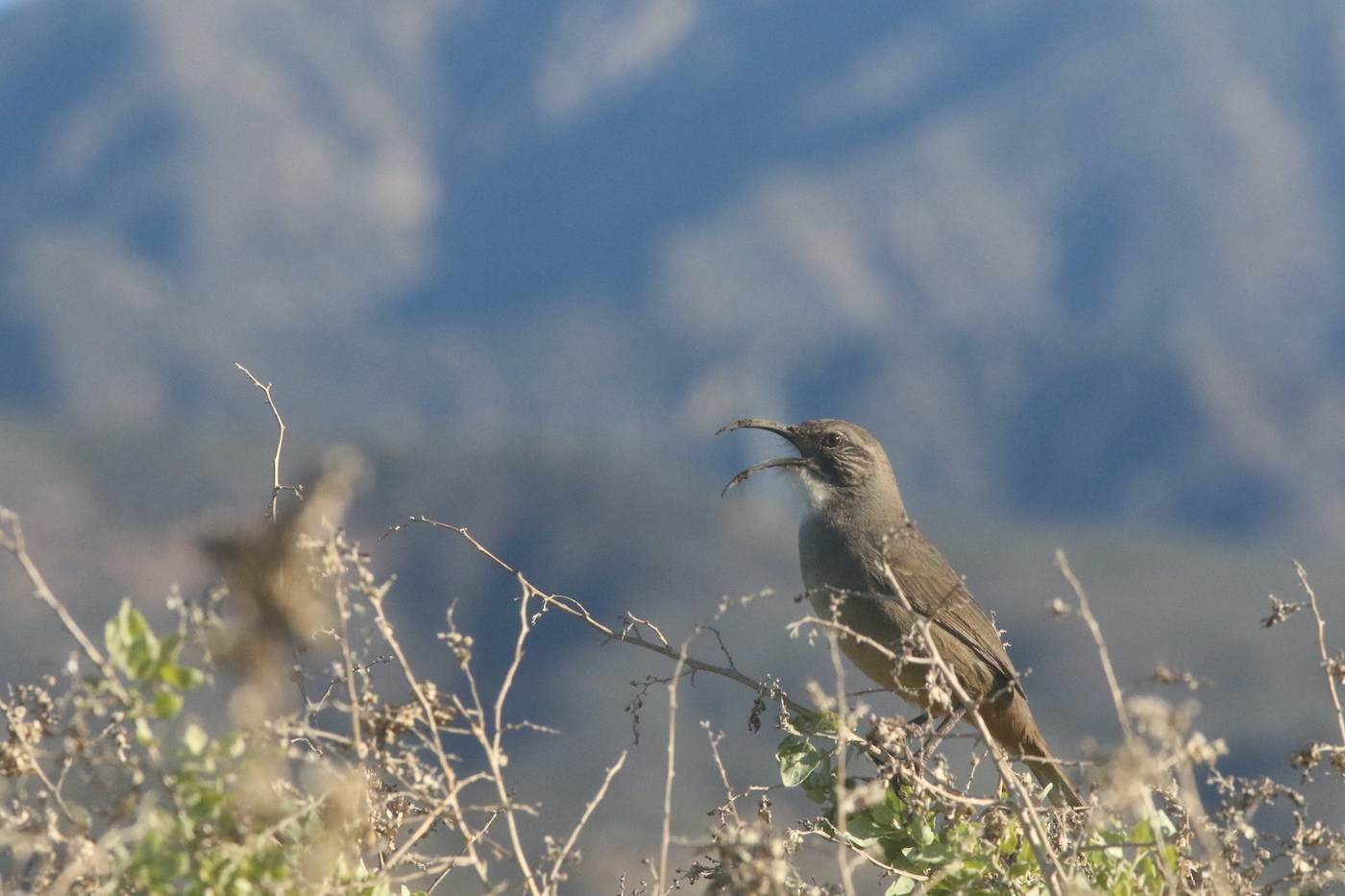
I was on an early morning beach run in Carpinteria, pink and orange hues melding across the eastern horizon. While weaving my way in soft sand past wintering killdeer and western snowy plovers, those hardy shorebirds thoroughly enjoyed the wrack lines of tattered giant bladder kelp left behind by the previous high tide.
Later that early December morning, I was asked if I wanted to partake in the annual Audubon Christmas Bird Count. I’ve been asked before several times in the past, but I’ve only participated in one. It was several years ago in Ventura. Aaron Kreisberg, a kayak guide I used to work with at the Channel Islands National Park, is an excellent birder, so I skated on his coattails as we counted birds from kayaks inside the shallows of the Santa Clara Rivermouth.
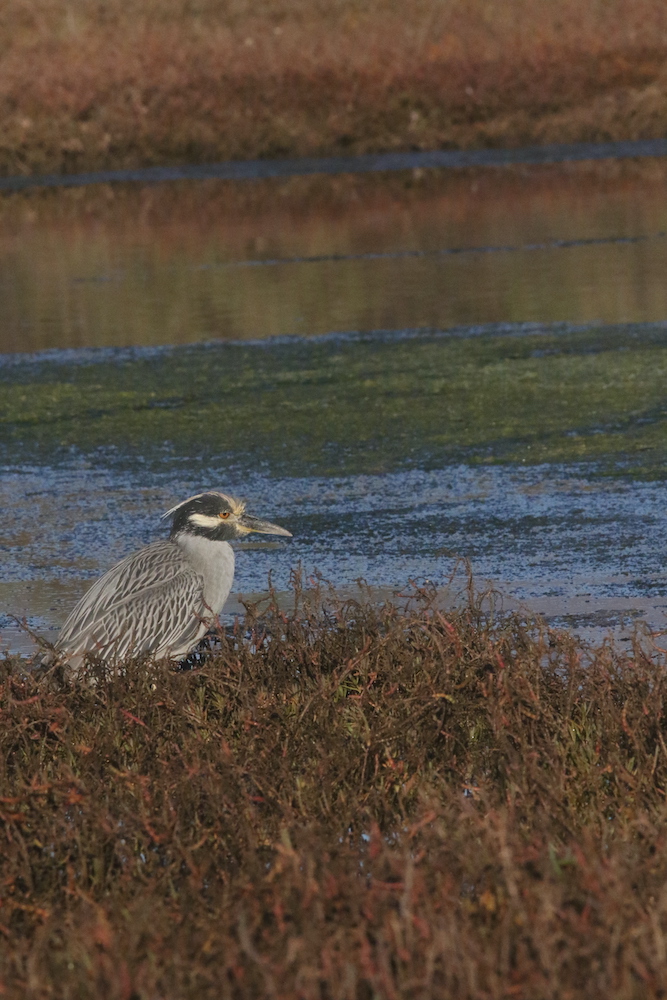
I’m always honored when asked, but I had to decline this past December, because I was already scheduled to guide kayak trips on Santa Cruz Island. Although I thoroughly enjoy photographing birds in their natural habitat, I wouldn’t consider myself much of a birder. I’m limited when the identification of a species isn’t obvious. Sometimes I get lost with all the bands, molts, breeding plumages and similarities amongst species. I just don’t possess the keen eye of a seasoned birder.
When I’m out in the field, and I have birds on the brain, I’m looking to photograph them with great light, proper composition, while incorporating their habitat in a majority of the frame as much as possible. I will say when traveling, birds are a priority for me. I want to see what’s out there. After 15 trips to Africa, one of the first items I grab before a trip to that incredible continent is any number of bird books I’ve collected over the years. Other incredible birding venues have taken me to Iceland, the Falkland Islands, Galápagos Islands, Costa Rica, New Zealand, Alaska, and the Arctic.
However, here at home in Carpinteria, I get just as much joy photographing and watching avian species as I do anywhere I’ve traveled. So, because I couldn’t participate this year for the Christmas Bird Count in Carpinteria, I decided to do my own personal count for one day in the Carpinteria Marsh, a 230-acre coastal wetland that I’ve spent ample amounts of time on since 1975.
The Carpinteria Marsh is one of the last remaining and one of the healthiest coastal wetlands in Southern California. At least 200 different species have been documented in the pickleweed, maze of muddy channels, vernal pools, and upland regions of the salt marsh.
Armed with my binoculars and camera, I spent December 16 in the marsh counting bird species. I did a three-hour block early in the morning, and then returned at 2 pm and finished the day in the dark. The actual count in the marsh took place the next day on December 17.
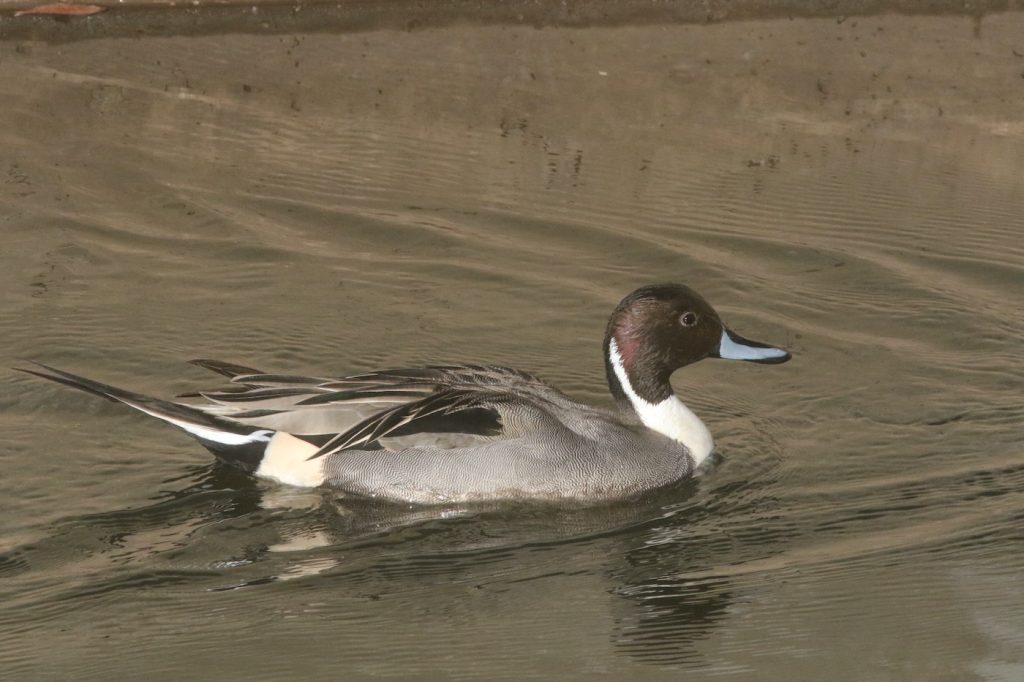
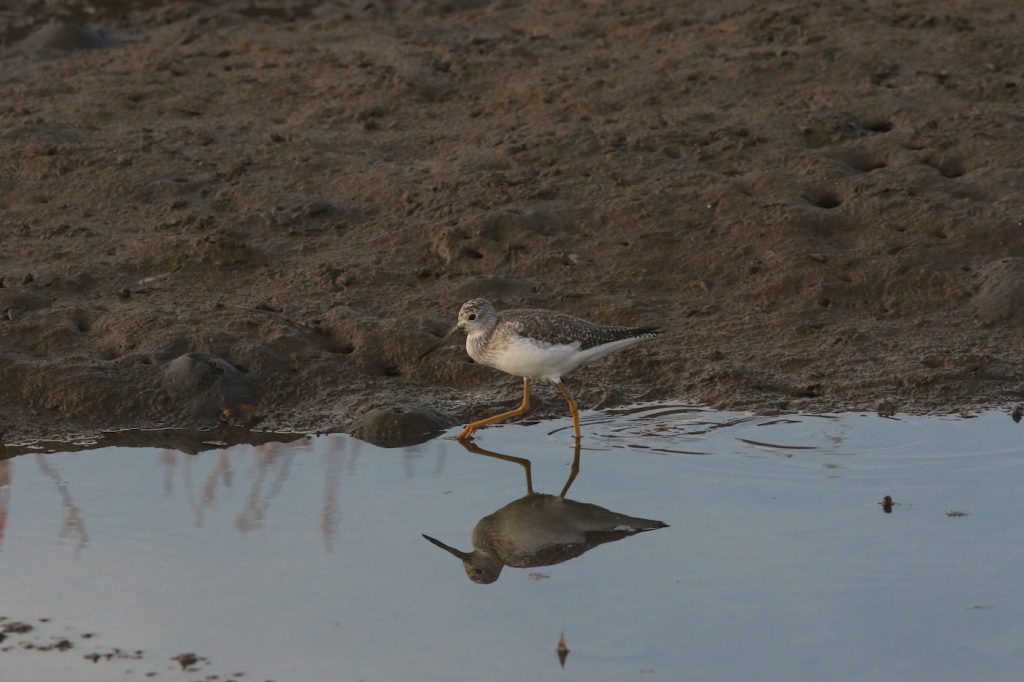
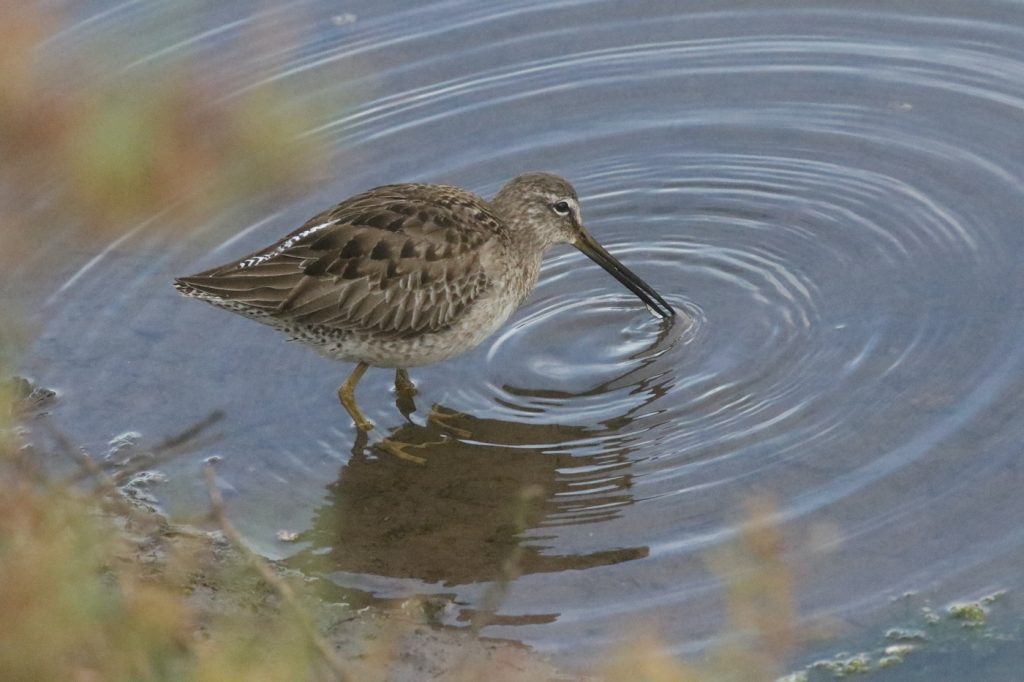
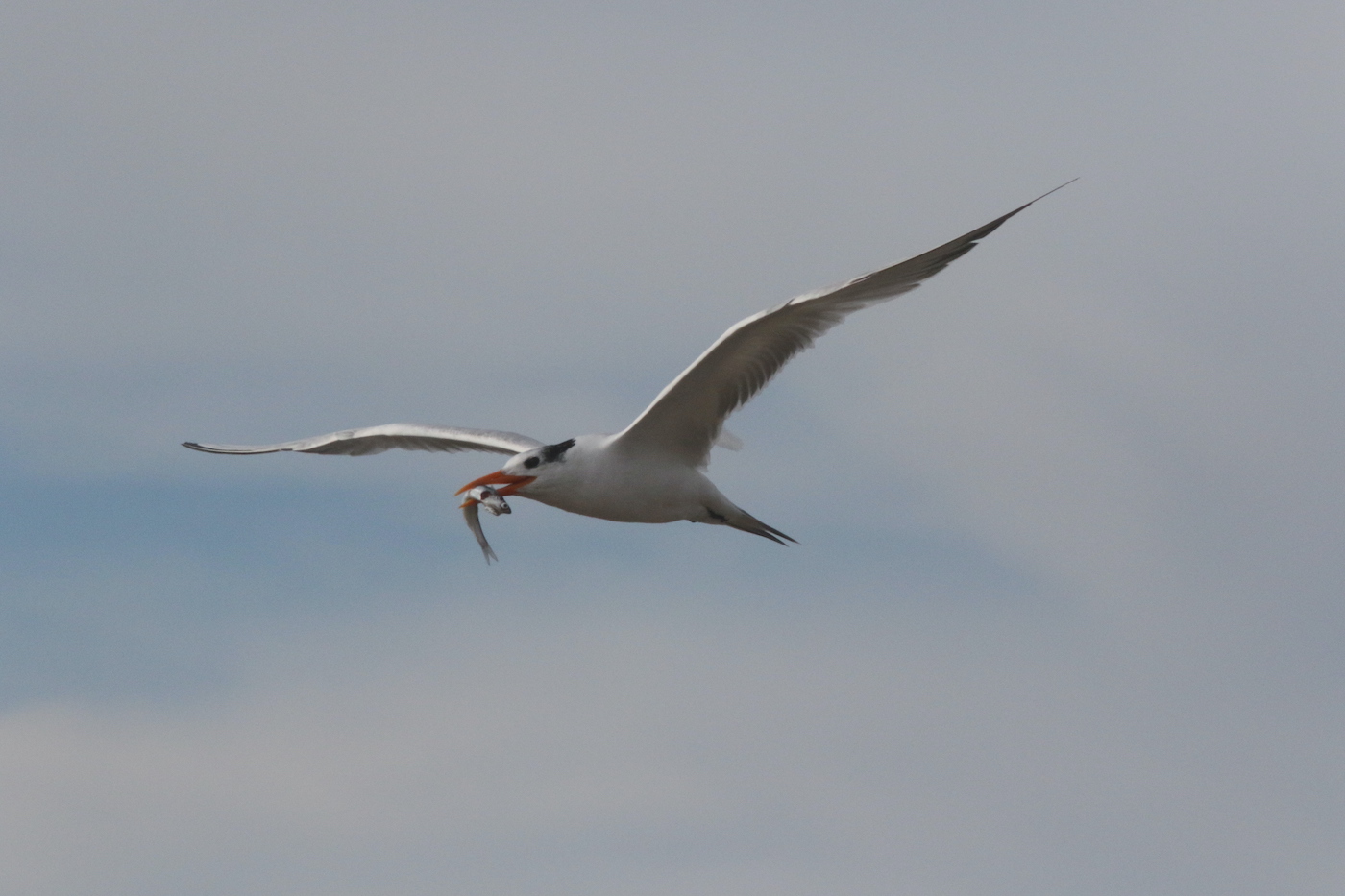
Annually, Santa Barbara County finishes strong in the Christmas Bird Count, usually within the top five in America. This year, the bird count In Carpinteria produced 162 different species on December 17. The day before I counted 53 species in the Carpinteria Marsh alone, and that might have been a high mark for me in my limited birding ability.
Some of the species I encountered included: Yellow-crowned Night Heron, American Wigeon, Gadwall, Northern Pintail, Osprey, Northern Harrier, Bufflehead, California Thrasher, Lesser Yellow Legs, Long-billed Dowitcher, Long-billed Curlew, Whimbrel, Marsh Wren, Orange-crowned Warbler, Belted Kingfisher, Spotted Sandpiper, Common Yellowthroat, Common Merganser, Cinnamon and Green-winged Teal, Marbled Godwit, American Avocet, White-fronted Goose, Allen’s and Anna’s Hummingbird, Elegant Tern, and Western Sandpiper.
My day counting birds on the Carpinteria Marsh was and always has been much more than how many species I saw that day or what I’ve seen in previous years. Even after 45 years spent on the marsh, I still get amped up every time I set foot on its muddy trails, because I never know what I might catch a glimpse of with my binoculars or through the viewfinder on my camera. It’s the living marsh, a patchwork of pickleweed and serpentine-like channels offering a refuge for birds and birders alike.





